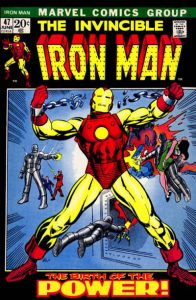Exploring the World through Photographs
Months back, we heard Christy Wampole speak about the essay as an exploratory mode of writing associated with the Age of Discovery, an era when Europeans set their sights on owning the world. Then, earlier this week we read Susan Sontag proclaiming that “To collect photographs is to collect the world” (3). No wonder, then that photography has proven such a rich basis for creating meaning in the genre of the photo essay.
For the upcoming photo essay assignment, we’re asking you to use photography in explore the world you live in—or perhaps a world from which you feel excluded. Here are some thoughts on the genre by one of my colleagues, Stephanie Byttebier:
A photo essay is a collection of images that work together to tell a story. As we’ve seen, while photos are often considered incapable of lying because they “quote” from reality rather than altering it, pictures by themselves in isolation (both in time and space) are also often ambiguous and necessarily incomplete. Over time, the subjects of photos become distant and alien to their viewers. John Berger suggests that by creating stories with pictures, we can remedy such ambiguity and alienation by re-creating a “living context” that establishes a field of meaning that makes the photos come to life.
Unlike typical stories (say a written, oral, or video story), however, photo essays can’t provide continuous, seamless narrative meaning, since they are composed of single and “frozen” snapshots. Therefore, the connections between images are always to a certain degree jarring and surprising. It is your job in this photo essay to compose a story that capitalizes on such surprise by helping the viewer see and build connections between your images. Together, they should contribute to a complex web of meaning that stimulates reflection on your topic and shows the things presented in a new and revealing light.
To give you a better sense of the genre at its best, here are two examples of the form:
For class, post a brief response to one of the following prompts:
- What role does the introduction play? Point to at least one example.
- What role do captions play? Point to at least one example.
- Stephanie Byttebier asserts that photo-to-photo transitions are always jarring, advising the photo essayist to “capitalize on such surprise” and “help the viewer see and build connections.” Point to a moment where you see this happening in one of the examples we looked at.

